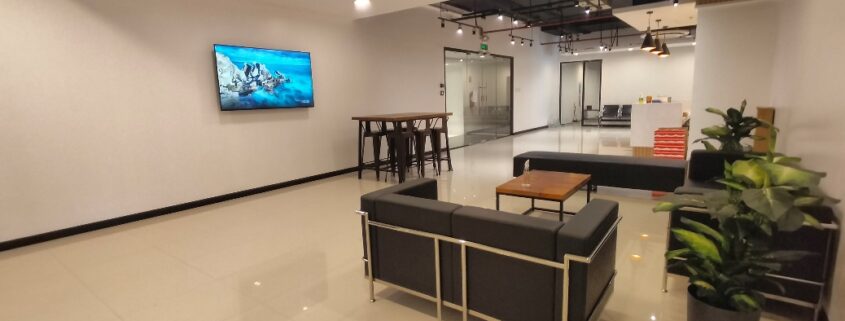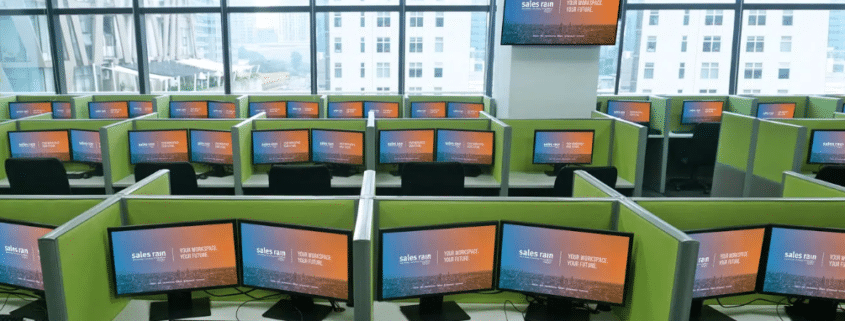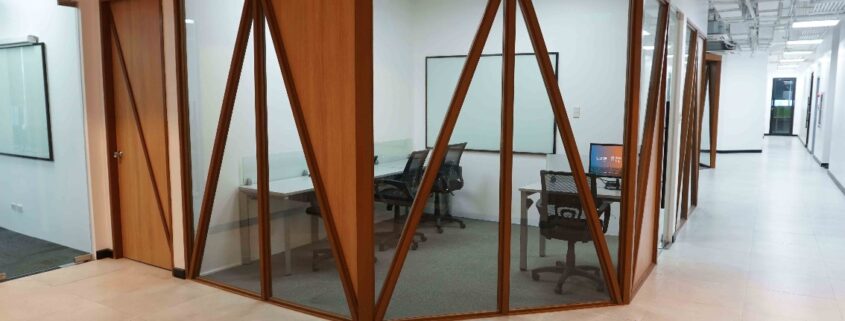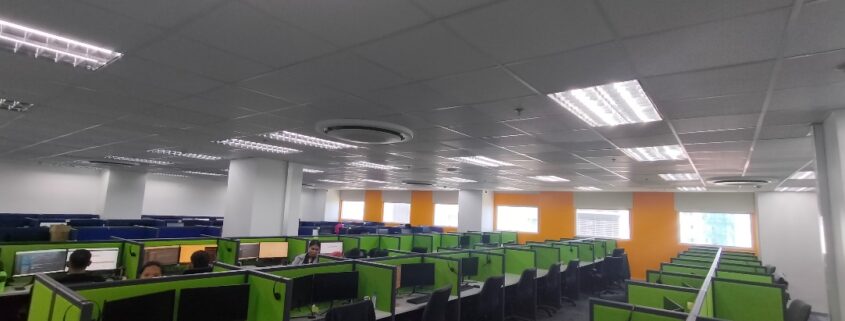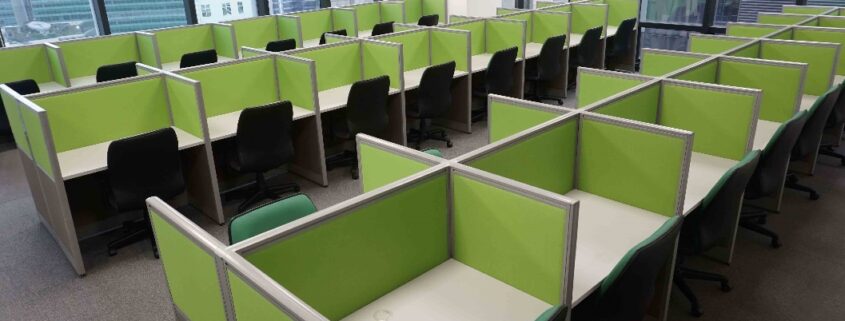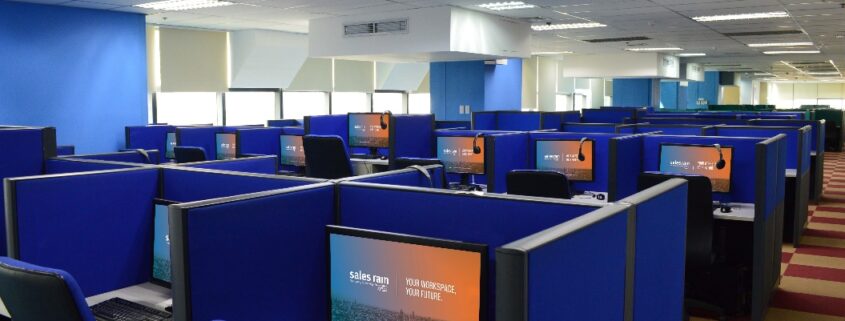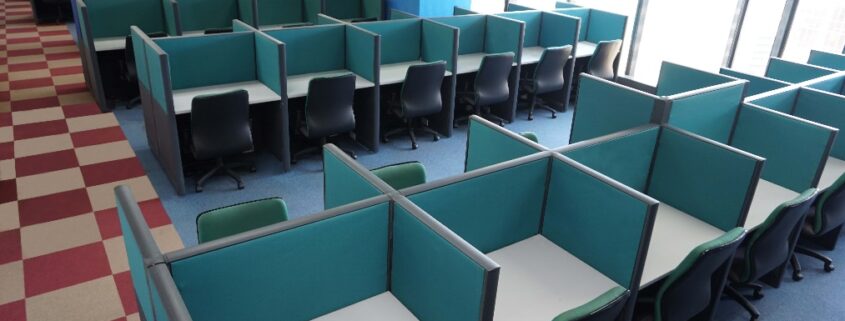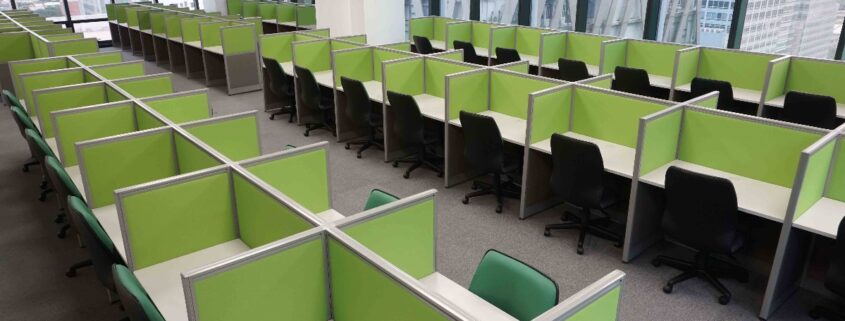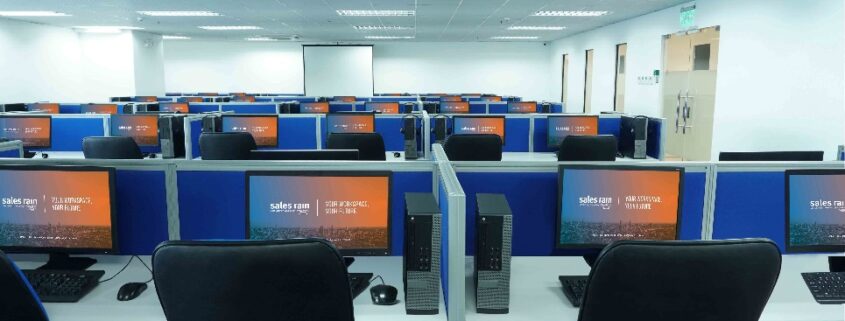Benefits of Remote Work: Company & Employee
Gone are those days when all the employees and the employer had to be present at the official business address to conduct various operations and meet the responsibilities. Technological advancement allows us to work from anywhere and easily without hampering productivity. Many businesses have moved to remote work facilities where employees can connect and provide more productivity from their comfort zones.
In this context, businesses often rent a virtual office in Makati to showcase their city presence. A business’s remote workforce can access this address whenever needed and quickly meet the physical responsibilities. To understand the advantages of virtual offices, let us discuss them in two different aspects.
Advantages of a virtual office for employees
Here is the list of advantages of a virtual office space that employees benefit from.
-
No need to be present all days
There is no thumb rule that the employees will have to be present every day. The employer has chosen a virtual office to conduct a business address with minimal investment in the infrastructure.
-
Work-life balance done right
Employees can attend meetings and meet their professional responsibilities from their comfort zones. The prime criterion of a virtual office is its virtual presence, not a physical one. Hence, employees can refer to the office address but do not have to be present. Thus, employees can maintain an excellent work-life balance.
-
Productivity rises to a considerable level
Employees will not have to commute every day to the office location. They can save hours and use them to meet their personal needs without hampering productivity. It has been found that employees working from home are more productive too.
-
Timeline issues
Virtual offices also eliminate the timeline issues such as lateness, oversleeping, absence, traffic, etc.
Advantages of virtual offices for employers
Renting a virtual office in Makati can be highly beneficial for employers too. Here is how, let’s explore.
-
No need to pay overhead costs
The infrastructure prices reduce considerably as an employer will not have to maintain a vast infrastructure supporting the entire workforce.
6. Hiring expertise from all over the world
The office is not restricted to a location so that an employer can hire knowledgeable and skilled professionals worldwide. It means a global team can work efficiently with a virtual office concept.
7. Flexible options
The options for virtual offices are brilliantly designed to meet the modern requirements of companies. Based on the upcoming needs, the owner can easily change his virtual office features by the options provided by the service.
Bottom line
These advantages of employers and employees regarding using a virtual office Makati explain how businesses and professionals get benefitted from such arrangements. Hence, the benefits of remote work with a virtual office are ideal for startups, small businesses and entrepreneurship. Moreover, the service packages the service providers offer are perfect to choose from and meet contemporary requirements without spending a fortune.
Understand the privileges of virtual office and remote work at www.salesrain.com.


